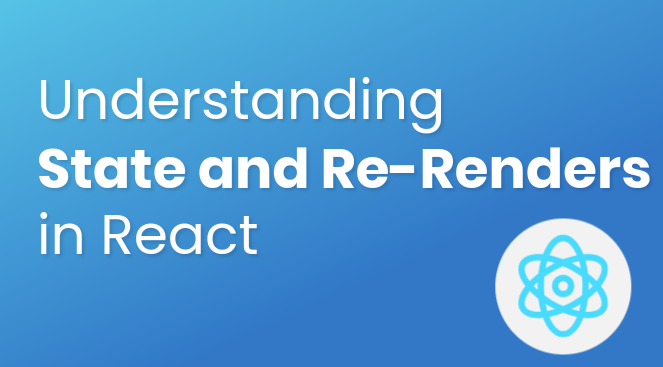🔥 Understanding State and Re-Renders in React 🔥
 Zeeshan Safdar
Zeeshan Safdar
In React, state plays a critical role in how components are updated and re-rendered. Let’s break it down:
🚀 How does React update the UI? React is declarative, meaning we don’t manipulate the DOM directly. Instead, whenever state changes (via hooks like useState), React automatically re-renders the entire component to reflect the new data.
🌀 What happens during a re-render? When state changes, React calls the component function again, replacing the old view with an updated one. For example, if a button click fetches new advice from an API, React updates the state, triggering a re-render to display the new advice. 📝
This cycle is the core of React's power—React "reacts" to state changes and updates the UI accordingly. And that’s why the library is called React in the first place! 🌟
In summary, as React developers, we update state, and React does the magic of updating the UI, keeping everything in sync. 🎯
Please check these Super helpful slides
Subscribe to my newsletter
Read articles from Zeeshan Safdar directly inside your inbox. Subscribe to the newsletter, and don't miss out.
Written by

Zeeshan Safdar
Zeeshan Safdar
An accomplished front-end developer with a strong background in creating visually stunning and user-friendly websites and web applications. My deep understanding of web development principles and user-centered design allows me to deliver projects that exceed client expectations. I have a proven track record of success in delivering projects on time and to the highest standards, and I am able to work well in a team environment and am always looking for new challenges to take on.